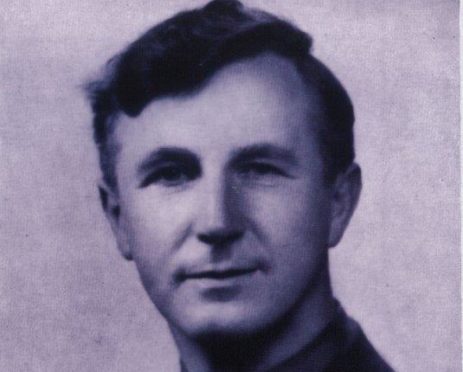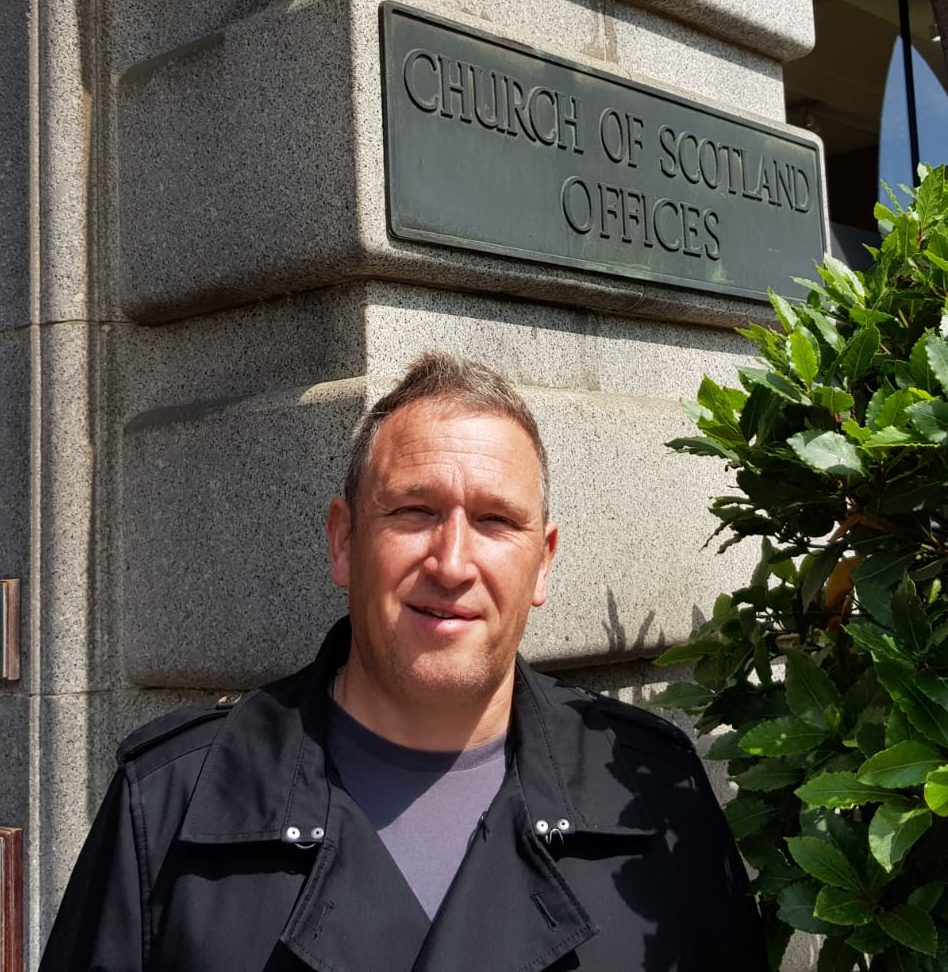A new play will detail the wartime heroics of a Scottish minister who helped thousands of service personnel escape from the Nazis.
The exploits of Reverend Dr Donald Caskie, who was from Islay, have been transformed into a play called the Tartan Pimpernel – which will be performed during the Edinburgh Fringe Festival.
Actor Graeme Dallas, who plays the minister, said the show provides the opportunity for people to learn about the “gentle but steely” man of God’s incredible contribution to the war effort.
Mr Dallas added: “I am really looking forward to projecting this fascinating story at the Fringe for the first time.
“It is great to be able to bring it out into the light.”
Dr Caskie, who was known as the Tartan Pimpernel, was the head of the Scots Kirk in Paris in 1940 when the German invasion of the country took place.
The minister subsequently fled to Marseille in the south of the country, where he ran a seaman’s mission and lived a double life helping British and allied soldiers to freedom across mountains in Spain.
The Islay man was eventually recruited by British intelligence officers and told that his mission was the last in the chain of safe houses set up, spanning from the beaches of Dunkirk in the north of France to his home in Marseille.
Dr Caskie operated the seaman’s mission successfully for months before he was betrayed.
He was arrested by Vichy Police and interrogated before being banished from the city of Marseille.
Dr Caskie, rather than returning home to the safety of British shores, opted to move to Grenoble, in the south-east of France, where he continued to arrange for the escape of soldiers, seamen and airmen under the cover of his role as a university chaplin.
Despite the constant pleas from British intelligence officers and the Church of Scotland for Dr Caskie to return to safety, he was again betrayed and imprisoned by the Gestapo – the secret police of the Nazi regime – and sentenced to death.
His life was saved through the intervention of a German pastor before he spent the remainder of the conflict in a prisoner of war camp.
The three-man play was written by John Hughes, who was inspired to write about Dr Caskie’s exploits after reading about the return of the minister’s Gaelic Bible to the Scots Kirk.
It has been performed at venues across the west already, including Bowmore on Islay, where Dr Caskie was buried following his death in 1983 at the age of 81.
Mr Dallas added: “It has been fascinating and we have met lots of members of the minister’s family who came to see the play.
“They brought mementoes that he gave to them to show us, so we have an even greater insight into the man and his story.”
Tickets for the show, which is running at the Hill Street Theatre from Friday, August 2, to Sunday August 11, are available through the Edinburgh Fringe website.

